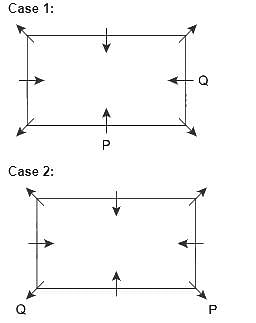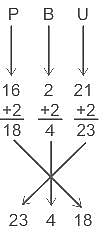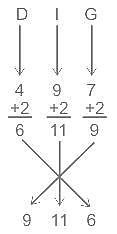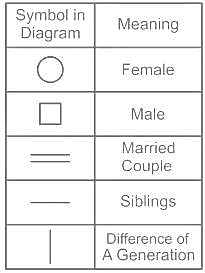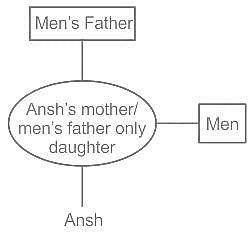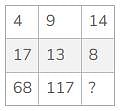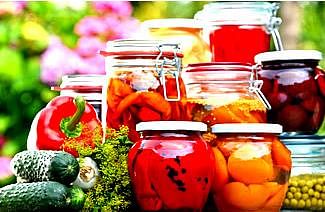NVS Mess Helper Mock Test - 3 - NVS TGT/PGT MCQ
30 Questions MCQ Test NVS Mess Helper Exam Mock Test Series 2025 - NVS Mess Helper Mock Test - 3
Direction: Study the following information and answer the given questions carefully.
There are 8 persons, P, Q, R, S, T, U, V and W sitting around a rectangular table in such a way that four of them sit at four corners of the table while four sit in the middle of each of four sides. Persons who sit at the corners face outside the centre while those who sit in the middle of the side face inside.
Q sits second to the right of P. R sits third to the left of W. R faces inside. T sits third to the left of U. V sits second to the left of U. R is not an immediate neighbor of P.
Q. Who among the following sits second to the right of S?
Q sits second to the right of P. R sits third to the left of W. R faces inside. T sits third to the left of U. V sits second to the left of U. R is not an immediate neighbor of P.
In a certain code language, if 'EAR' is written as '2037' and 'PBU' is written as '23418', how will 'DIG' be written in the same code language?
| 1 Crore+ students have signed up on EduRev. Have you? Download the App |
Pointing towards Ansh, a man said, “His mother is the only daughter of my father.” How is the man, related to Ansh?
In the following question, some words are given. They have some common features except the odd one. You are required to find odd one out.
Which of the following is not a Special Category State as of 2023?
Soil which develops in conical forest of Taiga region is
______________is a part of a quality system covering the manufacture and testing of active ingredients, and finished product.
Excess glucose gets stored in liver in the form of:
Thermo resistant bacteria are important in the preservation of foods by _______.
How does breastfeeding contribute to the cleanliness of infant nutrition?
India faces uncertain harvest throughout the ages. The reason is
What is the primary aim of food preservation within food processing?
The initiative developed by WHO “Five keys to safer food” is for:


